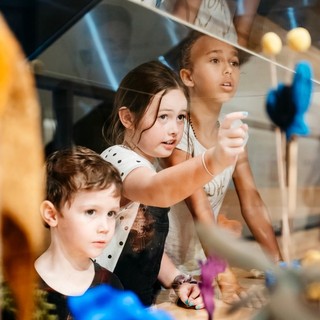
Explore Collection Works / View full image
Explore Collection Works
Find out more about selected artworks from the Collection alongside discussion questions and making activities for students.

School group visiting QAGOMA / Photograph: C Callistemon © QAGOMA / View full image
Learn about art, culture, artists and artworks from Queensland, Australia and around the world. Dive deeper into exhibitions and the QAGOMA Collection through learning resources and programs designed for students and educators.
Explore our Research Library, browse our online catalogue or visit us at the Gallery of Modern Art.
Whether planning a visit or looking to have fun learning and creating at home, discover more on QAGOMA Stories where you'll find articles, interviews, videos and more.

Explore Collection Works / View full image
Find out more about selected artworks from the Collection alongside discussion questions and making activities for students.
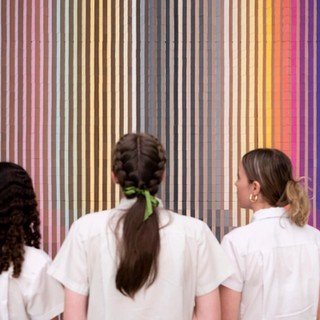
Discover Classroom Modules / View full image
Connect curriculum with our Collection through a range of learning modules for primary and secondary levels.
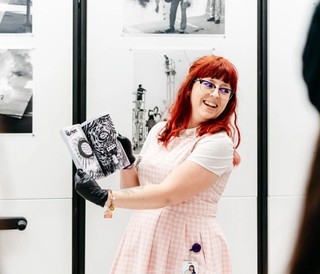
QAGOMA Research Library / View full image
QAGOMA's Research Library has an extensive collection of art resources that can be enjoyed by visitors to the Gallery. We hold over 50 000 books and exhibition catalogues and close to 250 current journal titles.






The ‘Design Tracks’ program encourages participants to feel inspired by the Creative Industries and consider their own future career pathways.
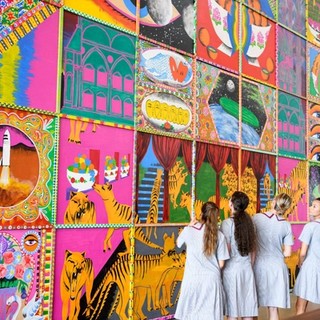
Visiting with a Group / View full image
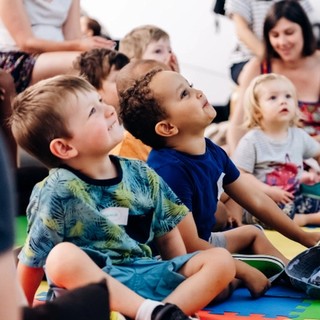
Just for Kids / View full image
Play fun games, watch cool videos and get creative with make-at-home activities.
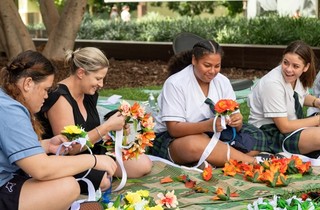
Students participating in an education program / March 2022 / Photograph: C Callistemon © QAGOMA / View full image
Provide learning opportunities for all ages through education and public programs
Donate today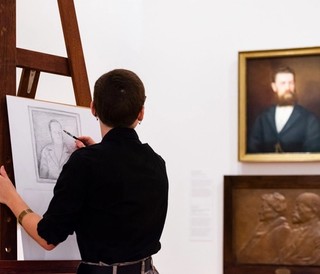
Brisbane Consortium for the Visual Arts / View full image
The Brisbane Consortium for the Visual Arts (BCVA) facilitates scholarly collaboration between the art history-theory programs of Griffith University (GU), Queensland University of Technology (QUT) and the University of Queensland (UQ) working in conjunction with the Queensland Art Gallery/Gallery of Modern Art (QAGOMA) through public programming opportunities, collaboration on initiatives, and opportunities for students.
The BCVA's key areas of focus include: contemporary Asian art; art of the Asia-Pacific; Australian and Australian Indigenous art; the global contemporary; curatorial education and training; new approaches to art history and theory.
